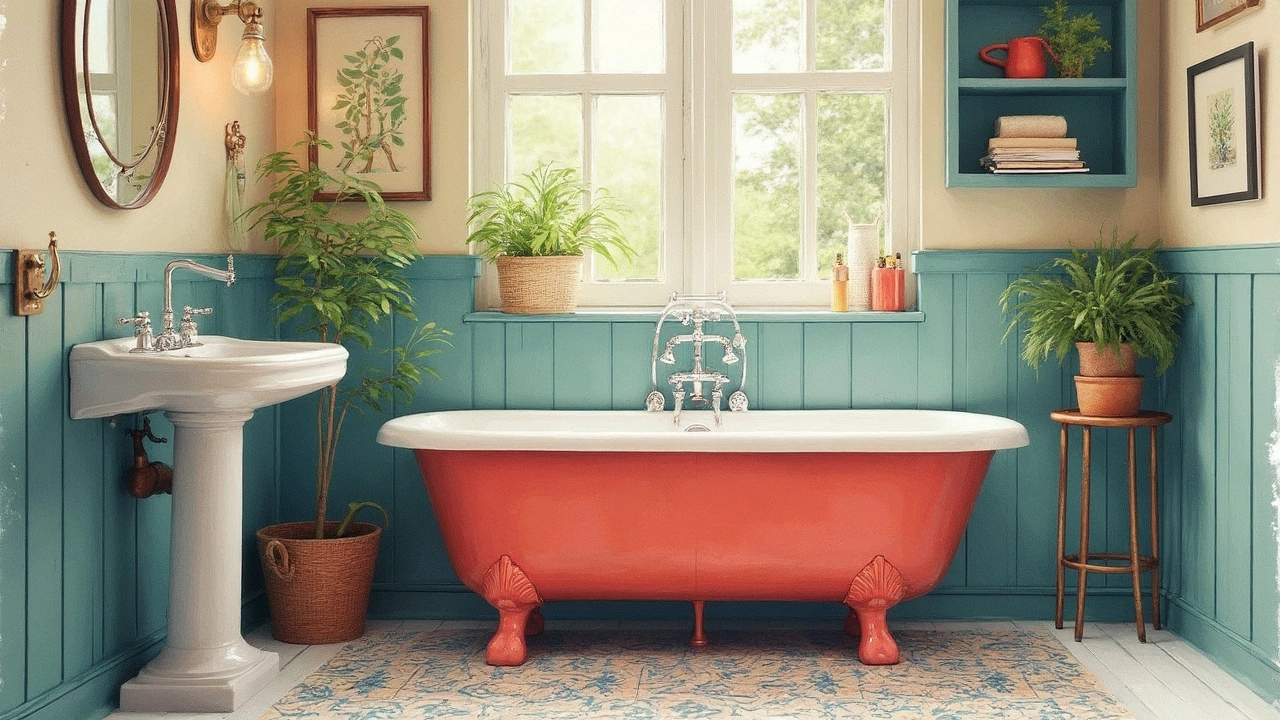Bathroom Refurbishments: What You Need to Know Before You Start
Thinking about giving your bathroom a fresh look? A well‑planned refurb can boost comfort, add value and make daily routines more enjoyable. The key is to keep the project realistic, budget‑friendly and focused on the changes that matter most.
Top Upgrades That Transform Any Bathroom
First, decide which areas will give you the biggest payoff. A new vanity with storage solves clutter and looks modern. Pair it with a sleek faucet – the upgrade feels cheap but changes the whole vibe.
Second, replace outdated tiles. You don’t need to re‑tile the whole room; consider tiling just the floor or a splash‑back behind the sink. Large‑format tiles make a small space look bigger, and you can choose a light colour to reflect more light.
Third, improve lighting. A bright, energy‑efficient LED fixture above the mirror eliminates shadows and makes shaving or makeup easier. Adding a dimmable ceiling light gives you flexibility for relaxing baths.
Finally, think about the shower. If a full rebuild is out of reach, a prefabricated shower kit can be installed over the existing base. It’s faster, cheaper and still upgrades the look dramatically.
How Long Does a Bathroom Refurbishment Take?
Timing depends on the scope. A simple vanity swap and new lighting can be done in a weekend. A full remodel – demo, plumbing, tiling, fixtures – typically takes 2–3 weeks if everything is ready.
Plan for a few extra days for unexpected issues like hidden water damage or supply delays. Keeping a clear schedule helps you avoid costly overruns.
One tip: order all tiles, fixtures and fittings before demolition starts. It prevents the common pause where work stops while you wait for parts to arrive.
When you break the project into stages – demo, install, finish – you can track progress easily and spot any bottlenecks early.
Budgeting is just as important as timing. A small bathroom refresh usually runs between £2,000‑£4,000, while a full remodel can climb to £8,000‑£12,000 depending on materials and labour.
To keep costs down, reuse existing plumbing where possible, choose mid‑range tiles, and shop sales for fixtures. Don’t forget to add a 10‑15% contingency for surprises.
In summary, start with a clear idea of what you want, set a realistic budget, and line up all materials before you begin. Follow a simple schedule, focus on high‑impact upgrades, and you’ll end up with a bathroom that feels brand new without breaking the bank.
Save Money on Your Bathroom Renovation
- Gavin Whitaker
- |
- |
- 0
Renovating a bathroom can be pricey, but it's possible to revamp your space without breaking the bank. From reusing existing fixtures to selecting budget-friendly materials, learn how small changes can lead to significant savings. We've got practical tips for saving money on plumbing and fixtures and advice on managing labor costs effectively. Discover creative ways to refresh your bathroom efficiently.
View more